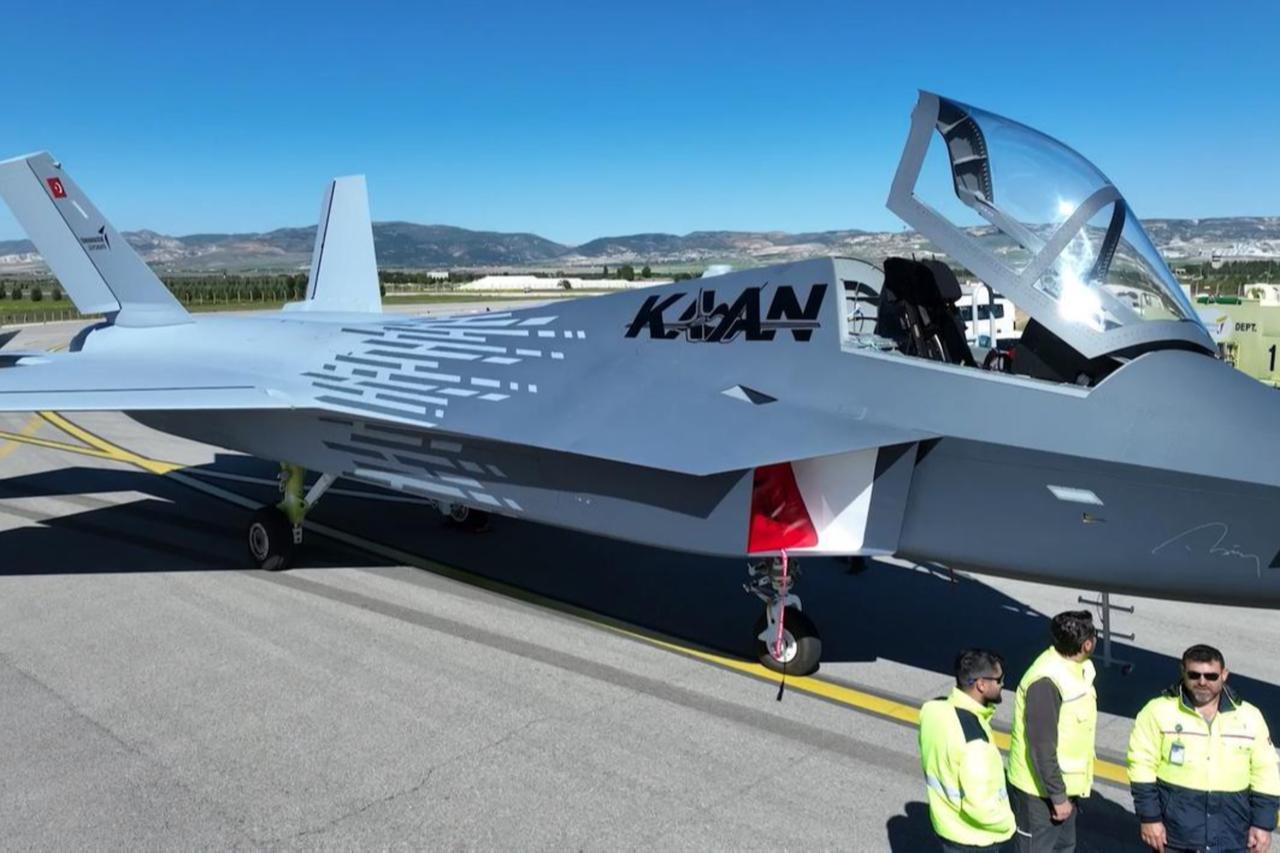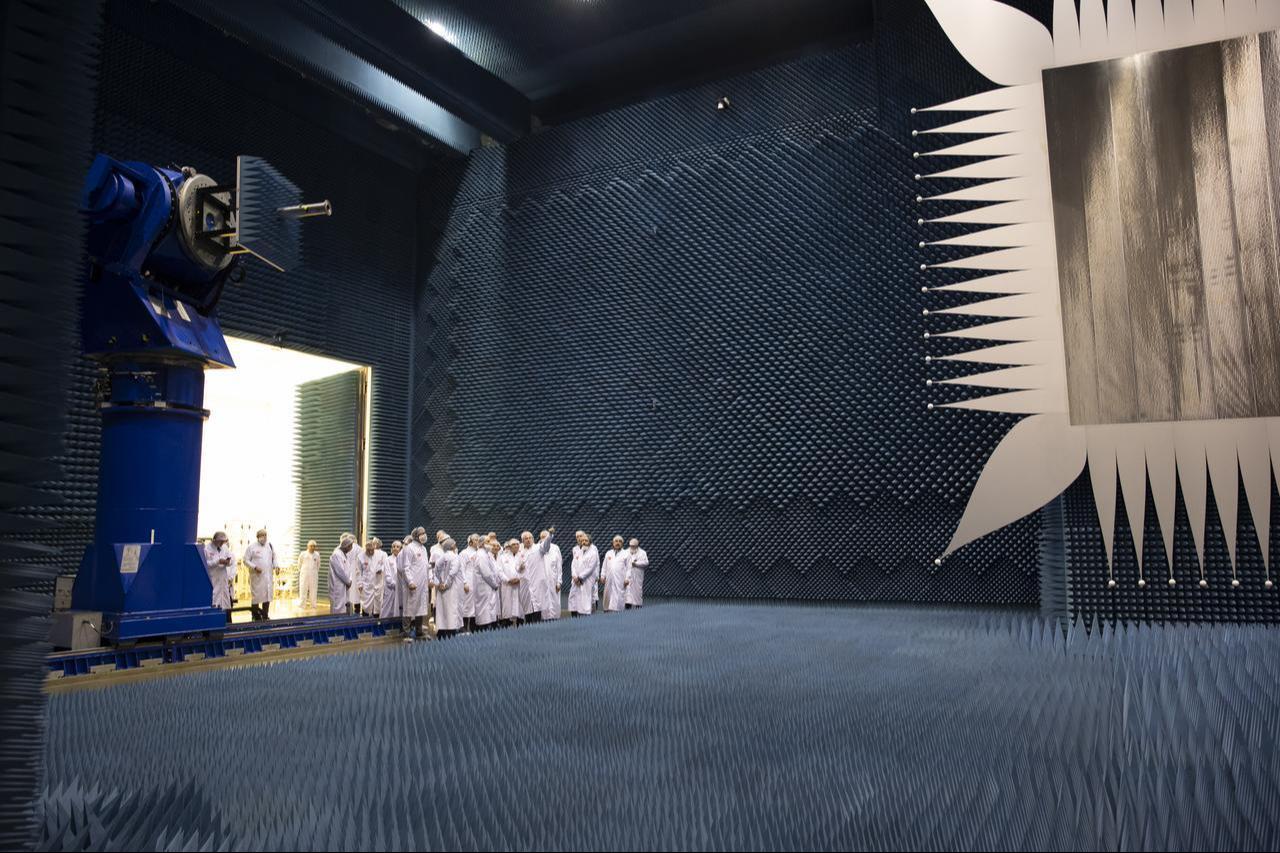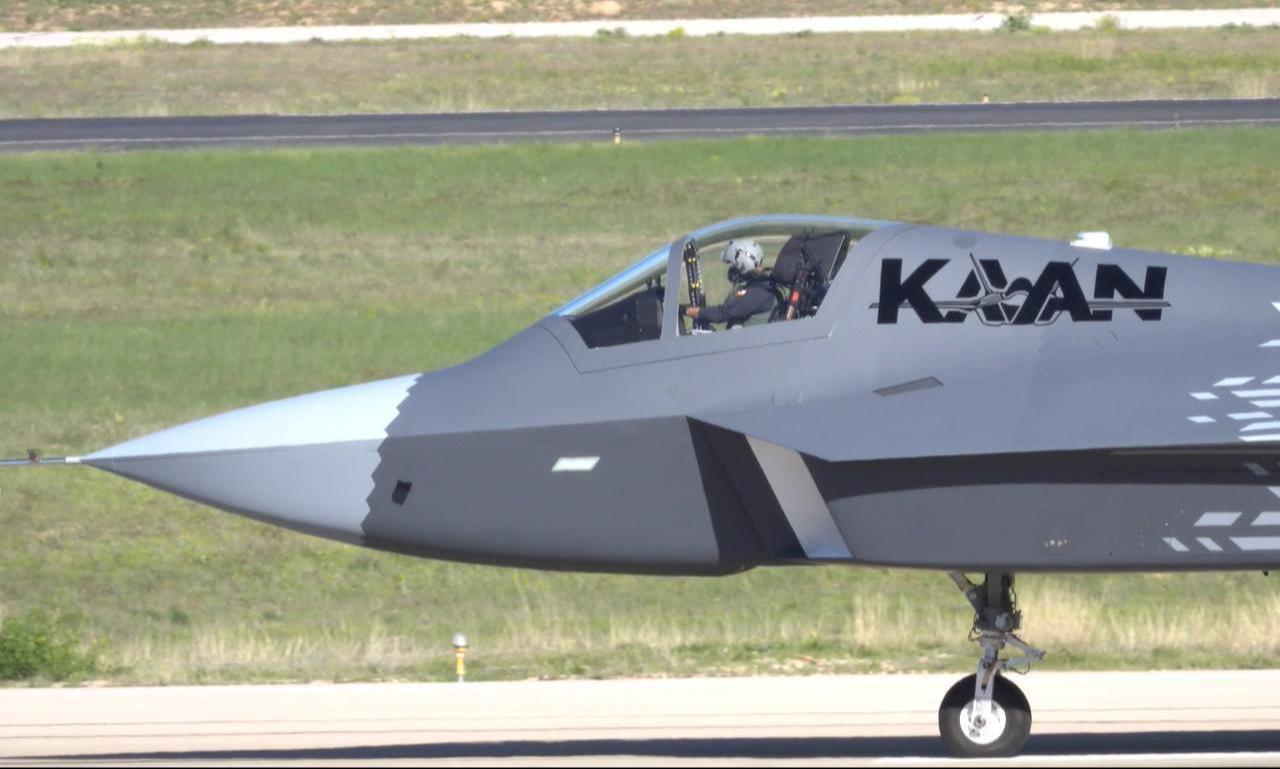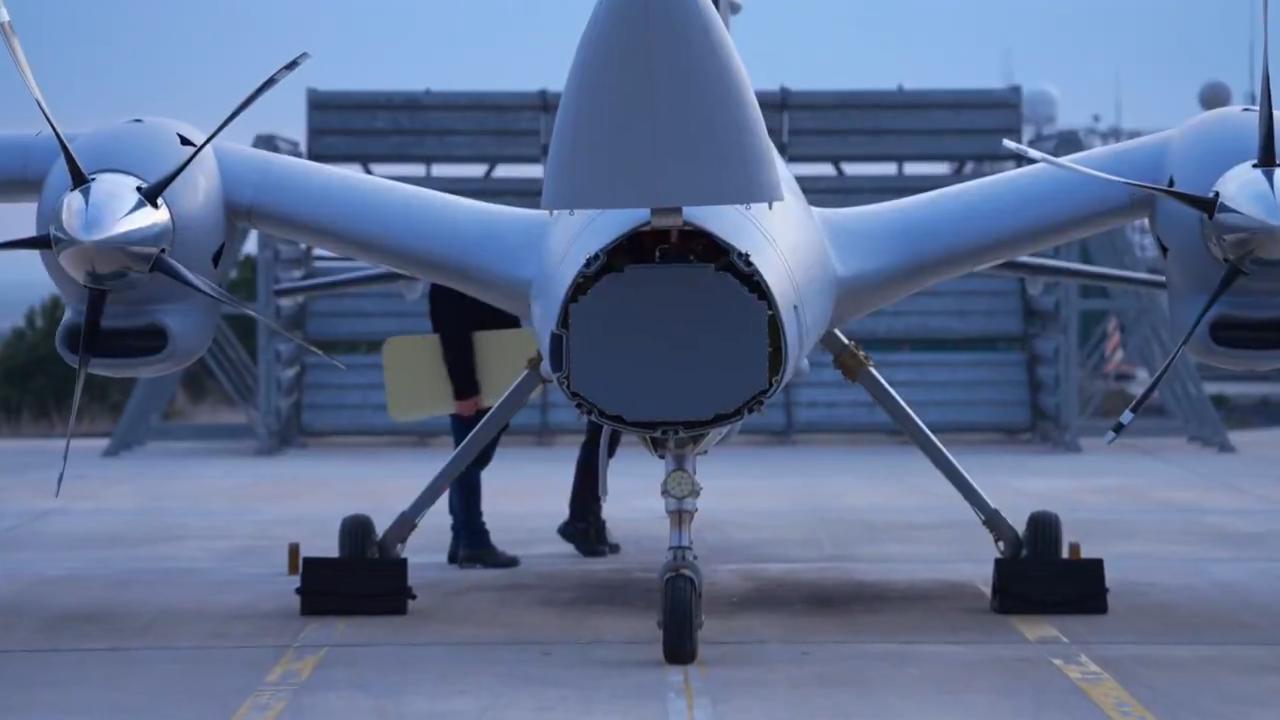
Turkish Aerospace Industries (TAI) is advancing development of its KAAN fifth-generation fighter jet with second and third prototypes under construction, as company officials confirm growing international interest, including from several European nations, according to reports from defense media outlets Infodefensa and Defensayseguridad, who recently visited Turkish defense industry facilities.
TAI President and CEO Mehmet Demiroglu announced that both new prototypes are expected to fly starting in the second quarter of next year, with improvements to structure, air intakes and internal weapons bays compared to the first prototype that completed its maiden flight in February 2024.
"We will not be the first, but we will be pioneers," Demiroglu stated during an event in Ankara attended by representatives from Turkish defense companies, including Rocketsan, Aselsan and STM, announcing that the company has begun studies for a sixth-generation fighter development.

Infodefensa reported being part of a small group of media granted rare access to TAI's heavily secured complex northwest of Ankara, where the KAAN is housed in a hangar protected from prying eyes.
"The silhouette of the combat aircraft appears in the foreground as soon as the door opens. Infodefensa is part of a small group of media that has had the opportunity to enter and get to know the King of Kings up close," the Spanish defense publication reported, noting that few Western journalists have accessed these facilities where photography is prohibited for obvious reasons.
The hangar houses the fighter's assembly line, where TAI currently works on the second and third prototypes, targeting flights from the second quarter of next year, according to Infodefensa's report.
"From the company, they do not hide that the fighter has already aroused the interest of countries in different parts of the globe, although they avoid specifying details of the export campaigns underway. Among the countries looking at the KAAN are several Europeans; they affirm," Infodefensa reported.
Spain emerged as one name during the question period, with various Turkish media reporting in recent weeks about possible Spanish interest in the KAAN, "an option that, in any case, is not within the official plans of the Ministry of Defense, at least for now," according to media.
Indonesia has already secured 48 units in a deal closed with TAI in June, becoming the first international customer. "Egypt will presumably sign a memorandum of understanding with Türkiye this year to join the project," the defense media noted.
"In addition to Azerbaijan and Pakistan, although the latter no longer seems so clear," a Spanish defense media outlet noted that interest extends to "Middle Eastern countries such as the United Arab Emirates (UAE) and Qatar have also shown interest, as have Ukraine and other NATO nations."
"The KAAN positions itself as a viable and politically flexible alternative to Western fighters like the F-35, offering cutting-edge technologies that place it in the fifth-generation fighter category and granting Türkiye crucial strategic sovereignty," the analysis concluded.

According to Defensayseguridad's technical analysis, the twin-engine fighter measures 21 meters in length with a 14-meter wingspan and a maximum takeoff weight of 34,750 kilograms (76,610.6 pounds).
It can reach speeds of Mach 1.8 with a service ceiling of 16,764 meters.
"One of its distinctive capabilities is 'supercruise,' that is, the ability to maintain supersonic flight without using afterburner, which saves fuel and reduces its infrared signature," the media reported.
TAI announced yesterday that it had "successfully completed another critical phase of its 5th generation KAAN combat fighter project by integrating all electronic and avionic systems in its second prototype," according to a defense media report.
The fighter features a Turkish-made MURAD-600A AESA (Active Electronically Scanned Array) radar "with a range exceeding 200 km according to some unofficial information," the report states, noting, "Speculation also exists about the incorporation of lateral AESA radars located in the 'cheeks' of the aircraft's fuselage."
KAAN's electronic warfare capabilities, centered on the Integrated Electronic Countermeasures System developed by Aselsan, which includes:
"The pilot doesn't see individual points, but an integrated tactical representation that highlights threats and targets in real-time, giving them a crucial advantage in complex aerial combats by accelerating the decision-action cycle," according to the technical analysis.

Current prototypes use two General Electric F110-GE-129 engines, "the same as the F-16, and it's a temporary solution," defense media reported.
The strategic objective involves developing indigenous engines through TRMotor, a collaboration between TAI and Turkish Engine Industries (TEI).
The project includes three variants: TF-6000 (approximately 6,000 lbf thrust), TF-10000 (10,000 lbf thrust), and the definitive TF-35000, "which is expected to be ready in 2032," producing "approximately 35,000 lbf with afterburner," according to the analysis.

"The first aircraft will arrive in principle in 2028 and will enter service in 2029," Infodefensa reported. TAI plans to build up to six prototypes for flight testing and weapons systems integration.
"The Turkish Air Force plans to replace its F-16 fleet in service in the coming years with this combat aircraft," according to Infodefensa.
A Spanish defense media outlet provided extensive analysis on potential Spanish participation, noting that "Spain is a key partner in the FCAS (Future Combat Air System) program alongside France and Germany, a long-term project not expected to enter service until after 2040."
Benefits for Spain would include "access to fifth-generation technology in a much shorter timeframe, serving as a 'technological bridge' until the arrival of FCAS," the analysis states.
"The Spanish defense industry (Indra, Escribano, Navantia, etc.) could contribute its expertise in key areas such as avionics, sensors, electronic warfare systems, and composite materials," the analysis noted.
However, challenges include potential "conflict with the FCAS program: Joining the KAAN could be seen as a lack of commitment to its European partners (more specifically with France), undermining trust and risking its position in the consortium."

Infodefensa confirmed that "Spain has chosen this aircraft to replace its veteran F-5s used in fighter pilot training for decades. TAI and Airbus are advancing negotiations to 'Hispanicize' the aircraft and guarantee technology transfer."
"After signing agreements to define collaboration between both companies, the program schedule contemplates signing the contract in principle in October, as Infodefensa has been able to confirm," the report stated.